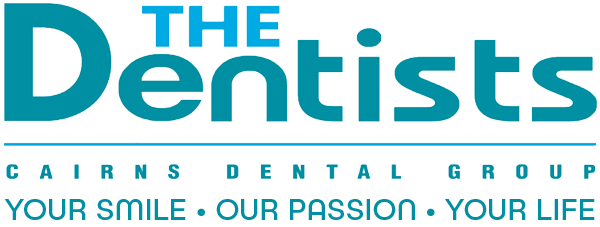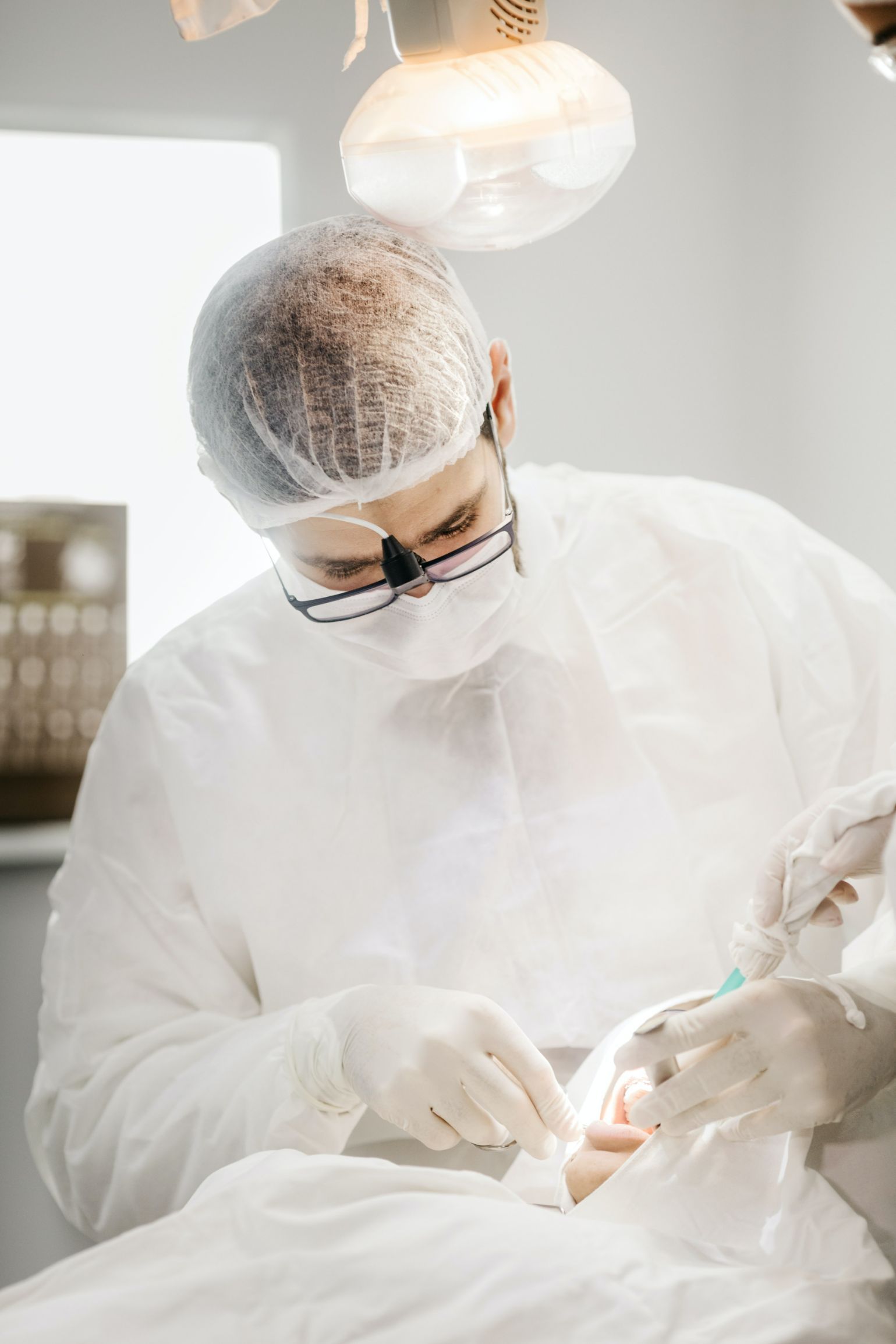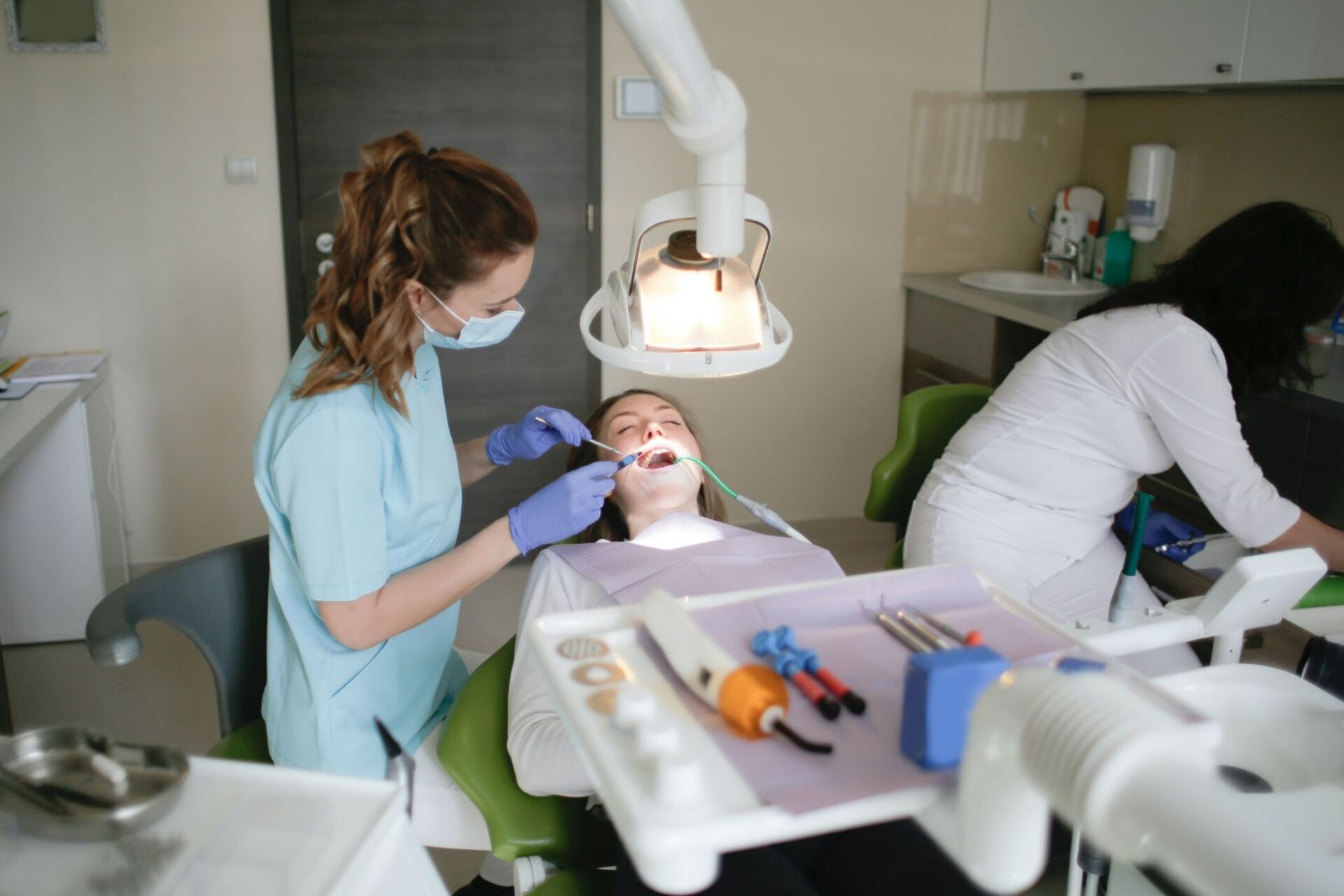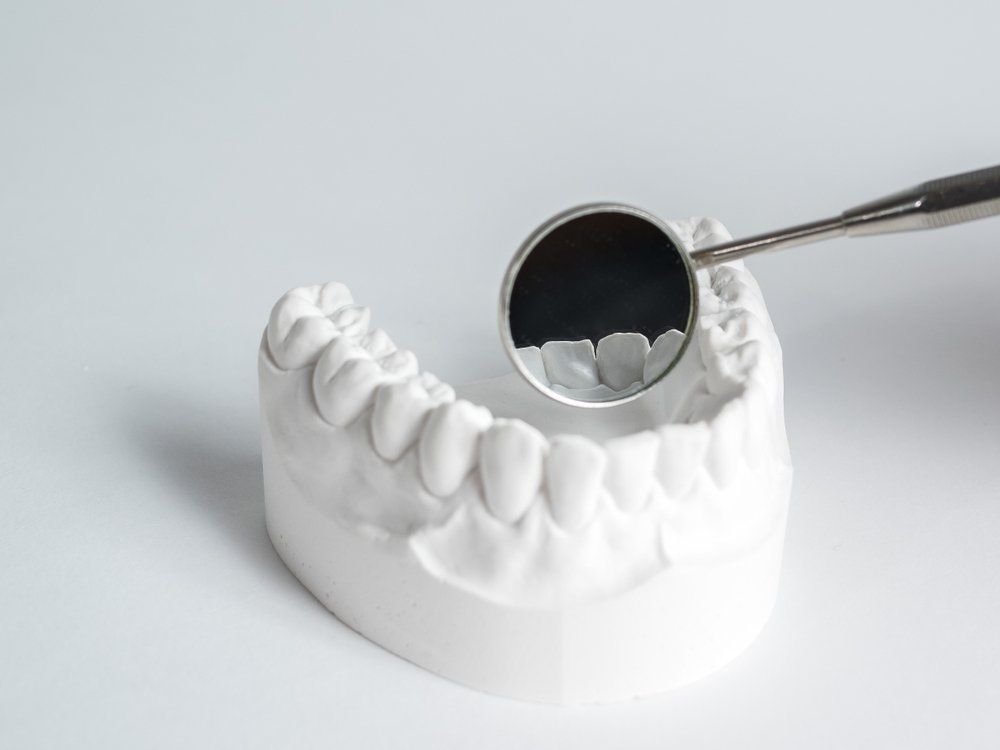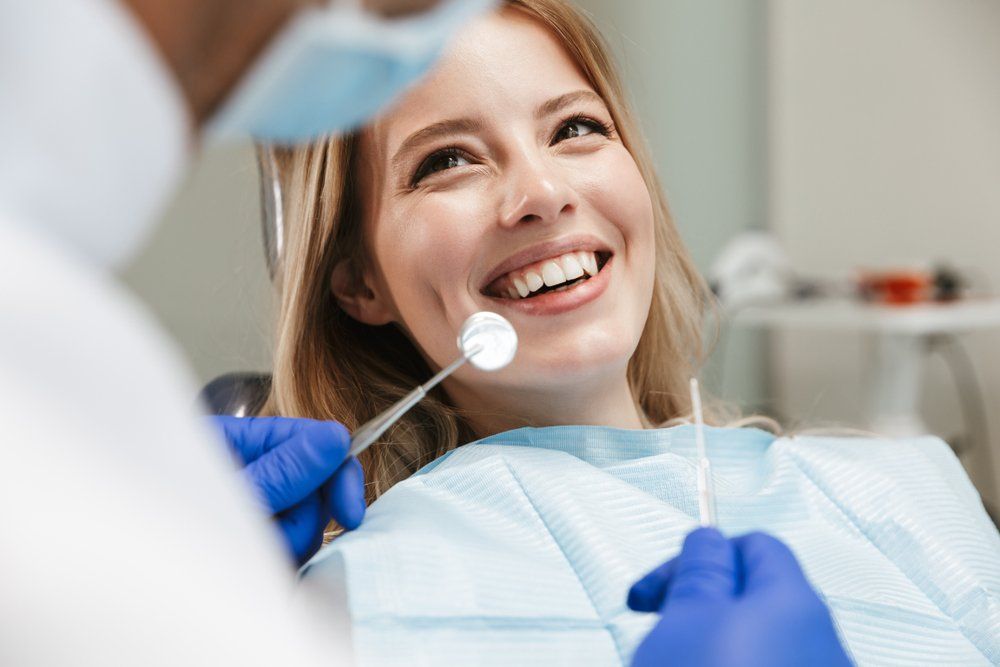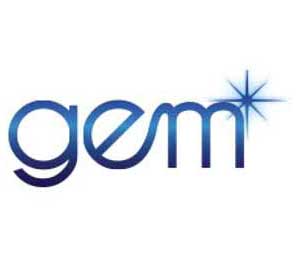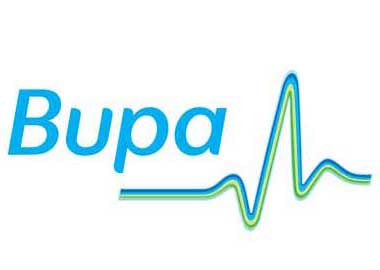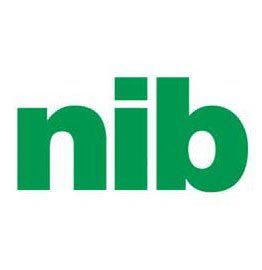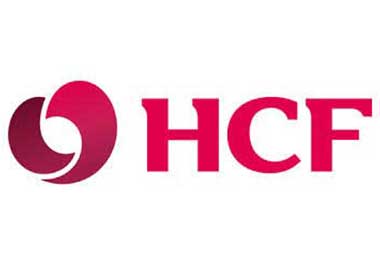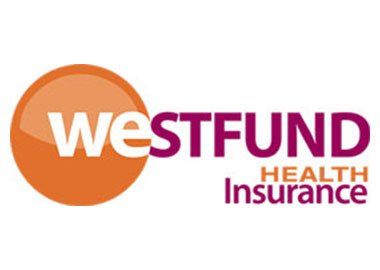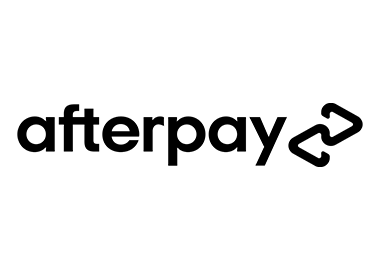Guided-Tissue Regeneration Procedures in Cairns
- Comprehensive Dental Care
- Gentle & Family-Friendly Approach
- Advanced Technology & Preventative Focus
- Pay Later Options Available
Request a Callback
What is Guided-Tissue Regeneration?
Guided-tissue regeneration (GTR) is a surgical procedure used to repair damage to the periodontium or tissues surrounding and supporting the teeth. GTR aims to regenerate lost periodontal structures, including the gum tissue, bone, and supporting connective tissue.
GTR is often used to treat periodontal disease, a progressive condition that results in the loss of these supporting structures. In a healthy, functional mouth, the periodontium works to keep teeth securely in place. However, when periodontal disease occurs, this supportive network is damaged and can no longer do its job correctly. As a result, teeth become loose and may eventually fall out.
GTR can be used to rebuild the lost periodontal structures and support the teeth once again. If you have periodontal disease and are considering GTR, reach out to The Dentist Cairns Dental Group for more information. We can help you decide if this procedure is right for you and develop a personalised treatment plan to restore your oral health.
The Procedure—What to Expect
The periodontist will first measure the depth of the periodontal pockets around your teeth. This will give them an idea of how much damage has been done and what needs to be repaired. A depth of over 6mm is generally indicative of bone loss.
GTR is typically performed as a day surgery procedure under local anaesthesia. During the procedure, your dentist or periodontist will make small incisions in your gums to access the underlying bone. They will then apply Emdogain or BIO-OSS and/or place a biodegradable barrier membrane beneath the gum tissue to secure it in place.
The barrier helps to separate the healthy gum tissue from the damaged bone and connective tissue. This allows the healthy tissue to regenerate without being inhibited by the diseased tissue. In some cases, GTR may be combined with other procedures, such as bone grafting, to further support regeneration.
Frequently Asked Questions
Post-Surgery Aftercare & Recovery
After your surgery, you can expect some swelling, discomfort and bruising. These should all subside within a week or two. To help with the discomfort, you will likely be prescribed pain medication. You may also receive antibiotics to help prevent infection.
You will need to stick to a soft food diet for at least a week while your mouth heals. Avoiding hard, crunchy or chewy foods will help to minimise the risk of dislodging the barrier or damaging the healing tissue.
Avoid cleaning the surgical area for at least 7-10 days; after that, using a mouthwash containing Chlorhexidine will help to keep the area clean and free from bacteria.
With proper care, GTR can be a successful procedure for treating periodontal disease and restoring oral health. If you think you may benefit from GTR, contact us today.
